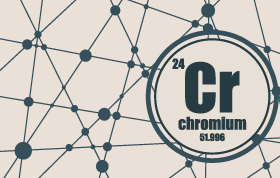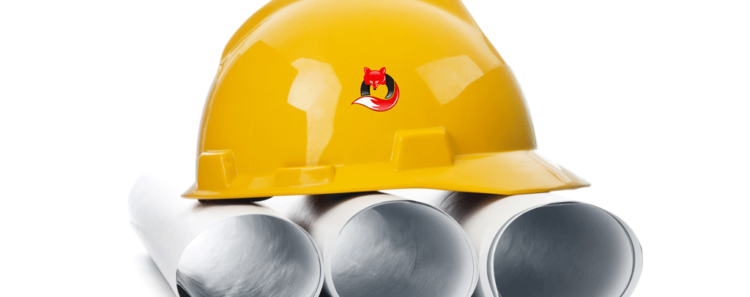Most TCP contamination stems from the extensive application of pesticides containing TCP that were manufactured by Shell Oil and Dow Chemical Company prior to the 1990s. Despite the companies’ knowledge of the health risks, they failed to remove the ingredient from their products or notify farmers and communities of the known health risks.

Category: Opinions
Greg’s opinions – these are mine alone, and do not reflect the opinion of anyone else unless explicitly stated otherwise
California strikes down Chrome VI (Cr6) regulation
Office of Environmental Health Hazard Assessment (OEHHA) is expected to complete sometime this year its 5-year review of the Public Health Goal for Cr6. The PHG is currently set at 0.02 ppb. That review was initiated late in 2016, with an abundance of new scientific research about health effects of Cr6. The most recent publicized activity on this was OEHHA’s extension of the comment period for this review until December 13, 2016.
Potassium Permanganate in City Water – is it safe?
Potassium permanganate (KMNo4) is a powerful oxidizer. Municipalities and private users are able to use it effectively as part of a comprehensive water quality improvement process. Sometimes, things don’t work out as expected…
Beware door-to-door scams
The Water Quality Association does not solicit door-to-door, period
Are you ready to do Commercial Work?
You don’t need to do everything to be a success in our industry, but what you do should be done well. Don’t allow yourself to feel pressured to dive into the C&I market just because your competitors have. Study and analyze the risks and benefits as well as the impact it will have on your company before you over-commit yourself. It’s quite OK to gracefully withdraw and defer to a more knowledgeable/experienced colleague if you become uncomfortable during the initial discovery process.
The Right Tool for the Job
There are many salt-free devices for sale, using various approaches like magnetism, radio frequency, ultrasonics, pressure modulation, heat modulation, organic acids, mono/bi/trimetallic reactions, phosphate compounds, chelating agents, and various iterations of media-assisted crystallization. Some do not work at all, but I have seen salt-free scale control options in the marketplace that actually work well under certain chemical and operational conditions in reducing and even preventing hard water scale accumulation. My frustration with most salt-free vendors is the lack of consistent, repeatable, verifiable data on where, when and why these technologies will perform or not perform.


